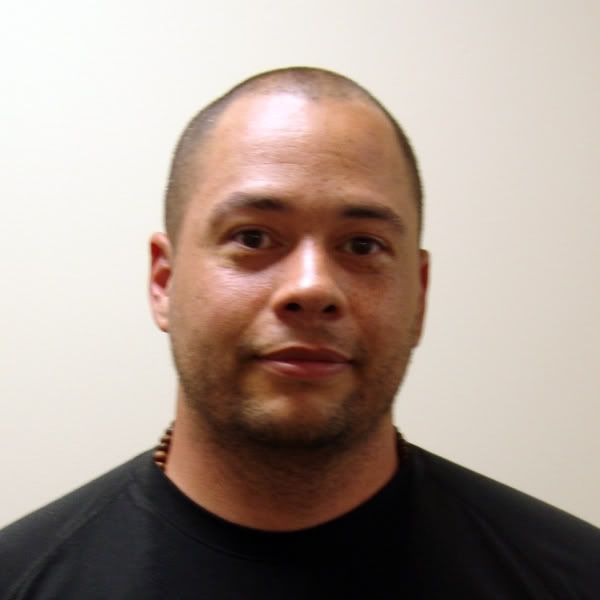daniel pfister wrote:bruce wrote:"push hand rules" should allow for any thing that may happen in a fight.
I agree, I think it only ceases to be push hands when the two players stop trying use taiji principles of root, softness, etc, not when they use certain techniques. Anything beyond that would be considered san shou in my view.
Well once again, there is
Competitive Tournament Push Hands and
Traditional Tui-Shou. Although both entities are associated with the label 'push hands', they are not and should not be considered the same thing, IMO.
Competitive tournament rules here in the USA usually prohibit anything other than open hand pushing and pulling techniques, and is thus quite limited in its technical scope of possible applications. Closed hand grabbing, foot tripping, leg sweeping, throwing techniques, and all open hand strikes or closed fist punches are strictly prohibited. The explicitly stated goal of tournament competition matches is to imbalance and/or uproot the opponent, not to injure him, disable him, or to take him down to the ground.
These parameters are generally in accordance with the training methods of most traditional styles of Tai-Chi Chuan, in which Tui-Shou is meant to develop more sensitive physical 'feeling' and 'listening' skills which enhance automatic reactions and spontaneous responses, along with the ability to maintain control of your own center and root, while simultaneously locating and disrupting the opponent's center and root. These two person drills are mostly practiced from a fixed position initially, but are later practiced with moving steps as well after sufficient stationary skills are acquired.
When striking and throwing techniques and more active footwork are added to the mix, the successive stages of engagement are then specifically labeled as Ta-Lu, San-Shou, and Lei-Tai respectively, but are no longer referred to solely as Tui-Shou or Push Hands. In each stage of training and practice, you are expected to incorporate correct principles of movement and to maintain proper structural alignment throughout.
As such, the progressive development of effective combative skills is gradually manifested in turn from the simple to the complex until all skills can be realistically applied in unified harmony with one another as a soft style gung-fu.






